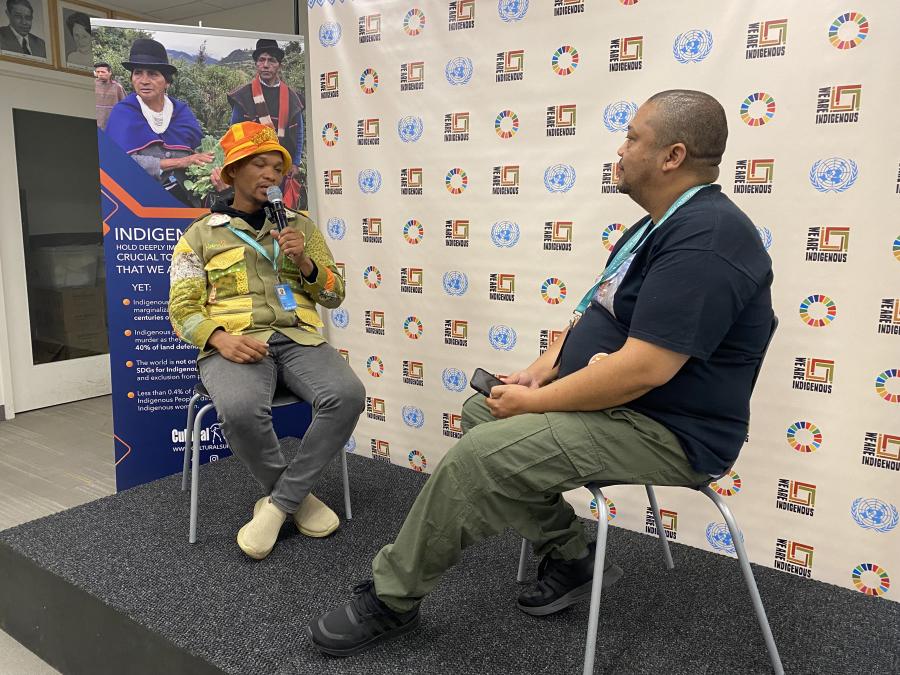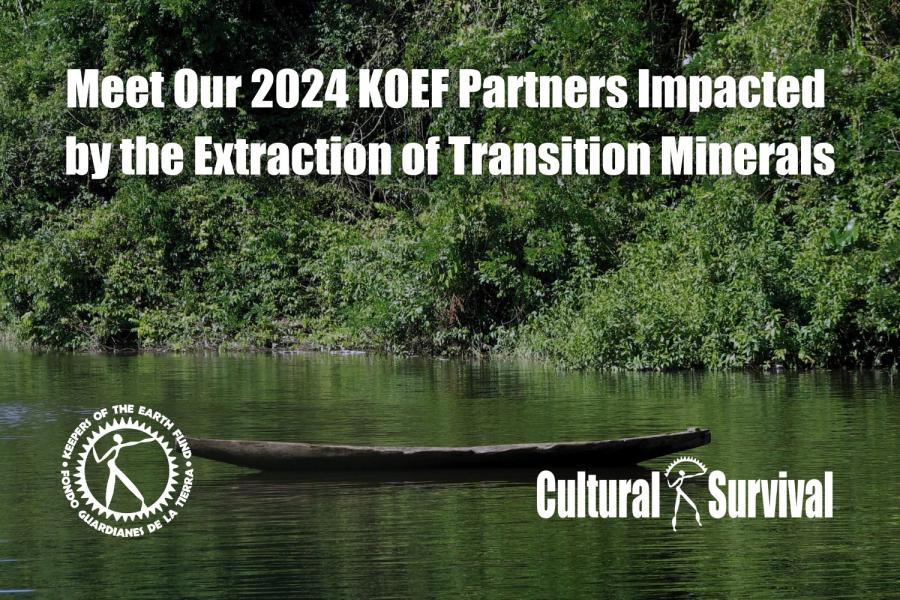Most people today would agree that the landing of a human being on the moon in 1969 was one of the high-water marks in the history of human exploration. But there is another feat of navigation that has largely gone uncelebrated, though it is in some ways far more extraordinary. Thousands of years before the Apollo mission, Austronesian sailors set out in canoes to find and settle all the tiny islands in the Pacific Ocean. Consider the challenges they faced: Unlike the journey to the moon, indigenous sailors looking for new homes could not see their destination or, for that matter, know whether there was an island ahead of them at all. Even journeying to a known island required a remarkable amount of skill. The destination might be hundreds of miles away, and a bearing that was off by even a single degree at the start would mean missing the island by miles. They sailed in canoes with no magnetic compass or maps as we understand them, yet they found virtually every inhabitable island in the Pacific Ocean and thrived.
Unfortunately, much of the knowledge and many of the skills these navigators used have been lost, but a new generation of indigenous sailors has been working to restore as much of that tradition as possible. The most visible effort is the Polynesian Voyaging Society, which was initiated by a partnership of Native Hawaiians and anthropologist Ben Finney in 1973.
Traditional Hawaiian navigation became extinct in the 19th century. As a result, the art known today as wayfinding is based largely on knowledge that survived in Micronesia. It continues to evolve, though it remains resolutely non-instrument-based. “Culture is a very dynamic thing that grows and changes all the time,” says wayfinder Chad Kalepa Baybayan, one of only five Hawaiians who have undergone the Pwo navigator initiation ceremony. “What I do is not at all the same as what my ancestors did, but I recapture the spirit of what they did, and we’re close enough through that.”
Polynesians traditionally used a canoe for their voyages, usually with an outrigger float off to one side of the hull. In some traditions the outrigger was used not as a float, but as a counterweight, to balance the force of the wind on the sail, like modern sailors leaning over the rail in the America’s Cup race. Many such vessels, especially in Micronesia, also featured a reversible bow and stern, in which the navigator could simply pull up the rudder assembly and move it to the other end. That way, the canoe could tack without turning, and the outrigger always stayed on the windward side. Other Polynesian canoes had a fixed bow and stern. In some cases they used a catamaran design with two hulls lashed in parallel, providing greater stability and more deck area. Voyaging canoes in the 50-60 foot range were common on some islands, and some exceeded 100 feet in length. Most of their power came from wind; paddling was a backup.
The modern wayfinding system is based on the teachings of the Micronesian navigator Mau Piailug, modified by his pupil, the Hawaiian canoe sailor Nainoa Thompson. Both are based on a “star compass,” a mental construct of 32 points, which, in the Micronesian version, are named after the stars and constellations that rise or set near them. The path of each star or constellation across the sky traces a straight line, laying out a sort of mental road. With this compass in mind, navigators can orient themselves to the sky, set and then steer their course. It’s not quite that simple, though, as the course has to be adjusted to compensate for current changes and wind shifts.
While the star compass can give a reliable basic heading, finding a small island requires a more precise technique. And this is where art and science play equal roles. A sailor can watch for birds that nest on land but feed at sea. These birds might range 50 miles from their island homes during the day and then fly back in the evening; if you find one, all you have to do is follow it to reach the island. There are also distinctive cloud formations around islands that can be seen many miles away. But the real key to traditional Austronesian navigation is reading ocean currents.
There are many kinds of currents, from large, deep, permanent flows to smaller currents formed by local winds or distant storms. And in any given place those currents might overlap and run in different directions simultaneously. The traditional navigator had to be able to feel each kind of current and untangle the knot of contrary motions to gauge his direction relative to the known, fixed currents. By some accounts the best navigators were blind, lying in the bottom of the canoe, where they could more easily focus on the motion of the water. Children being trained as navigators would be put into the ocean to float on the waves and feel the current in their bodies.
Perhaps the most useful currents were land waves. These are reflections of currents that run into an island and rebound back into the ocean with a distinctive pattern. A skilled navigator could recognize these waves from distances as far as 50 miles away (some reports even suggest a distance of 200 miles) and follow them to the island in question.
“But don’t assume they sailed over the Pacific as if it were a duck pond,” Finney says. The ocean is a harsh test of navigators’ mental and physical endurance. Wayfinders in a canoe cannot afford to sleep for more than 20 minutes at a time. They are sometimes on the ocean for weeks at a time; entire voyages (including land stopovers) can stretch for months. Many early navigators—and their passengers—must have died during the colonization of Austronesia.
Voyagers are quick to draw parallels between life in a canoe, with its limited resources, and the islands the Austronesian people settled. “It’s about guiding a community of people, using the natural resources available as waypoints,” Baybayan says. “Although my job as a navigator may be to see that my vessel arrives at its destination safely and soundly, it’s equally important that the people on board it arrive spiritually well. An island is really just a much larger canoe.”
With just a few navigators in Hawai‘i, there is still the danger that the wayfinding techniques revived and reinvented over the past several decades could be lost. Chad Baybayan’s daughter, Kala Baybayan, says the urgency of passing on wayfinding skills has made people more accepting of women who navigate. (Traditionally, the art was restricted to men, although there were notable exceptions.) One of a handful of female navigation students, she grew up around voyaging. But because voyages took her father away from the family, she had mixed feelings about them. “When you’re a kid you just want your parents to be there,” she says.
As she got older, though, she says she began to understand the sacrifices her father made in order to help “strengthen our people’s identity.” Today, she uses the craft to connect with him. Once a month she goes to visit him, share stories, and learn more about wayfinding. On voyages, she learns by watching the other navigators and doing small tasks—pieces of the overall wayfinding puzzle, like helping align the canoe with stars—under their supervision. She hopes to eventually do a long-distance, two- to four-week voyage, “but that comes through experience and through continuing to sail.”
“It’s not something that you can just quit,” she says. “It’s something that you have to continually practice. Navigators don’t ever see this as ending. The day the job ends is the day they pass away. That’s my vision: to continually practice it, I hope for the rest of my life. And I hope it’s a long one.”
—Rebecca Harris is a former intern at Cultural Survival.



